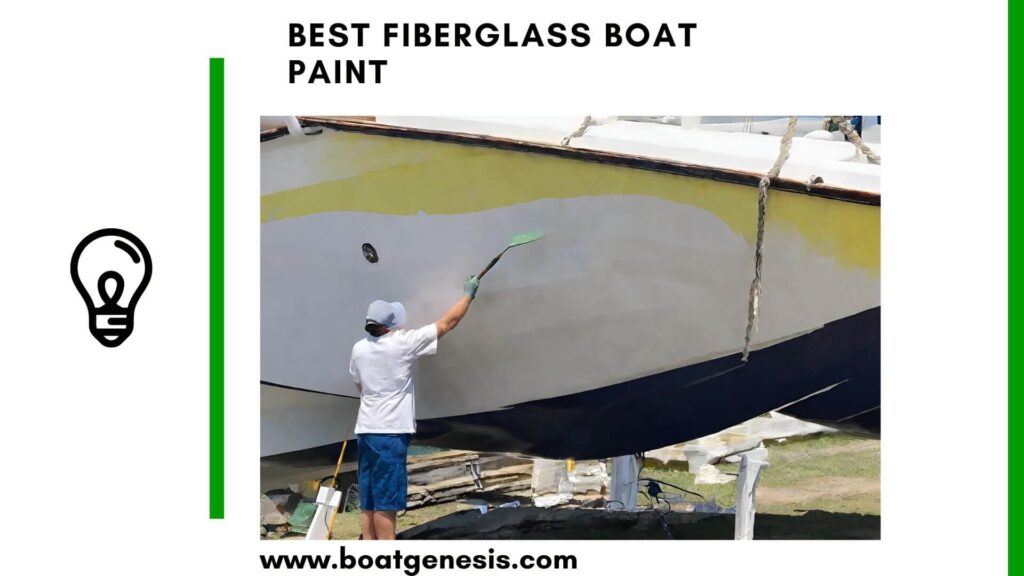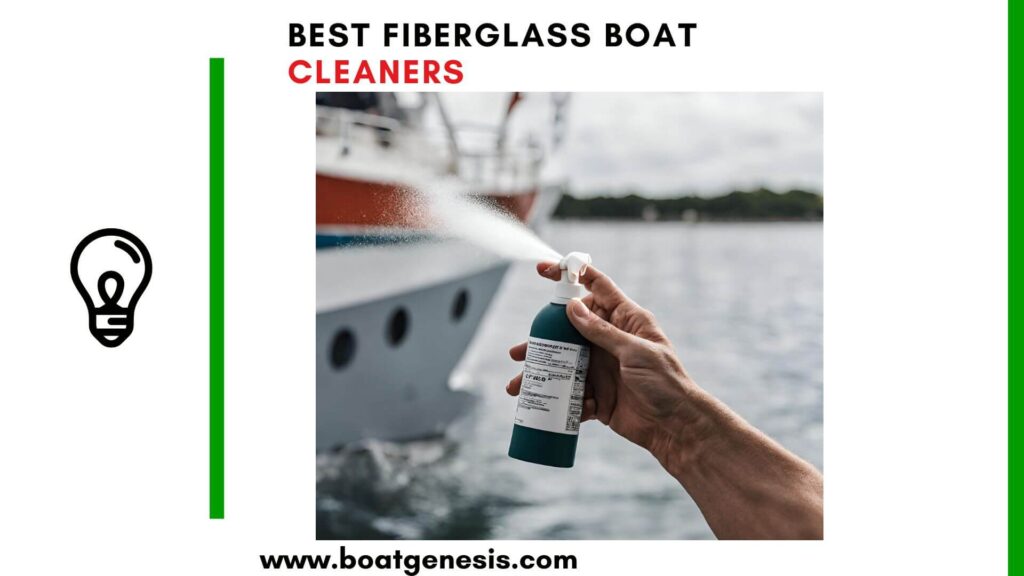Are you tired of seeing your fiberglass friend lose its luster to that pesky oxidation? Well, you’re in luck because today, we’re diving into the world of homemade fiberglass oxidation removers.
Wave goodbye to dullness and say hello to shine – all from the comfort of your own garage!
Yes, that’s right. In this article, I will provide you with the best homemade fiberglass oxidation remover ideas you can start at home today.
Understanding Oxidation

Before we get our hands dirty, let’s quickly break down what oxidation is.
It’s basically a fancy term for the wear and tear that happens when your fiberglass is exposed to the elements. Sun, wind, and water can all make your boat’s surface look faded and chalky.
But fear not, because with a few household items, you can whip up a concoction that’ll bring back that showroom sparkle.
The Magic Potion: Vinegar, Baking Soda, and Soap

One of the most popular DIY solutions involves three heroes from your kitchen pantry: white vinegar, baking soda, and Dawn dish soap. This trifecta works wonders on oxidation. Here’s how to mix your own batch:
Ingredients:
- 1 cup white vinegar
- 1/4 cup baking soda
- A squirt of dawn dish soap
Instructions:
- Mix the ingredients into a paste.
- Apply it to the affected areas of your fiberglass with a sponge or soft cloth.
- Gently scrub in a circular motion.
- Rinse thoroughly with water.
- Repeat if necessary.
This simple yet effective mixture can help you remove light to moderate oxidation with ease. The acidity of the vinegar cuts through the grime, while the baking soda acts as a mild abrasive to polish without scratching. The soap helps to lift away the dirt, leaving a clean surface.
Polishing Up: The Finishing Touch
After treating your fiberglass with your homemade remover, it’s crucial to give it a good polish.
This step ensures that you seal in the hard work and provide an extra layer of protection against future oxidation.
You can use a store-bought polish or make another homemade solution using vegetable oil and granulated sugar. This natural polish can add a protective layer and enhance the shine.
Maintenance: Preventing Future Oxidation
Prevention is better than cure, right? To keep oxidation at bay, regularly wash your fiberglass with soap and water, and apply a wax or protective coating every few months.
This routine maintenance forms a barrier against the elements and prolongs the life and beauty of your fiberglass surfaces.
Regular Check-ups
Don’t wait for oxidation to become a glaring issue. Regularly inspect your boat or fiberglass items for early signs of wear. Catching it early means less elbow grease later on and more time enjoying that glossy finish.
==>>You should also check out these homemade fiberglass boat cleaner ideas.
A Word on Safety
When you’re working with homemade cleaners, it’s easy to forget about safety since you’re using everyday household items.
However, when you’re scrubbing and rinsing, it’s wise to wear gloves to protect your skin and goggles to keep any splashes out of your eyes.
Always work in a well-ventilated area, especially when dealing with vinegar, as the smell can be quite potent.
Tailoring Your Approach
Not all oxidation is created equal. For tougher jobs, you might need to tweak your homemade remover recipe. Adding a little more baking soda can increase the abrasive action, or letting the mixture sit on the surface for a few minutes before scrubbing can help with more stubborn spots.
Eco-Friendly and Cost-Effective
One of the best things about making your own fiberglass oxidation remover is that it’s not only kinder to your wallet but also to the planet.
By using natural ingredients, you’re reducing the number of chemicals that wash into our waterways. It’s a win-win for your budget and Mother Nature.
Conclusion
Armed with this knowledge and a bit of elbow grease, you’re now ready to tackle fiberglass oxidation head-on.
Remember, regular care, tailored solutions, and a bit of DIY spirit are all you need to keep your fiberglass looking its best. So go ahead, mix up your homemade remedy, and restore that shine.
And there you have it, folks – your comprehensive guide to homemade fiberglass oxidation remover. With this info in your arsenal, you’re all set to reclaim the shine and turn heads on the water once again.



